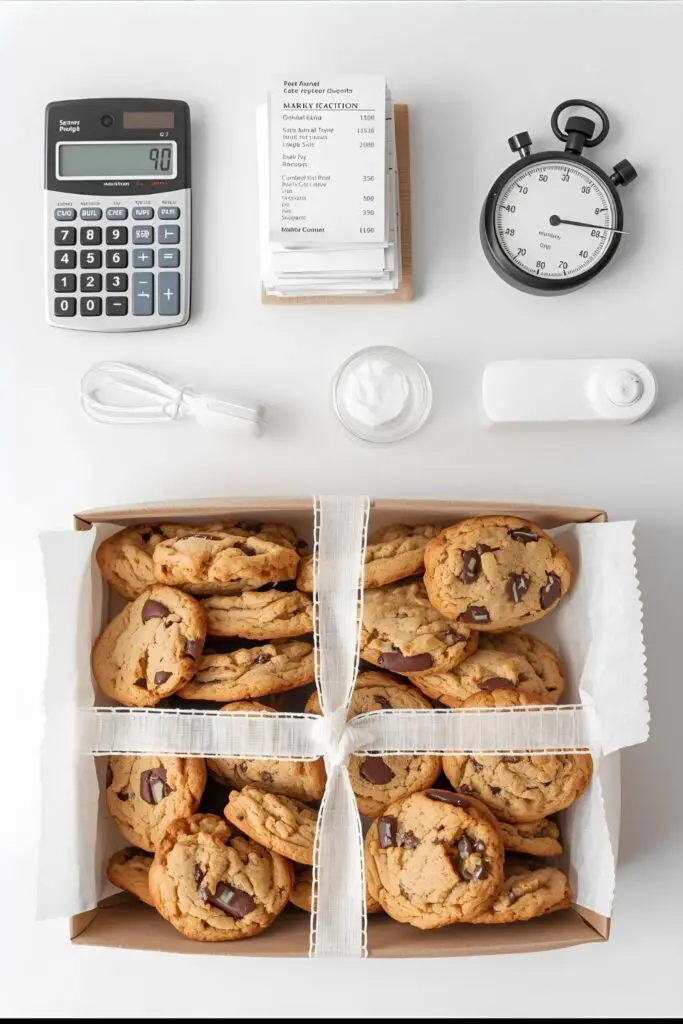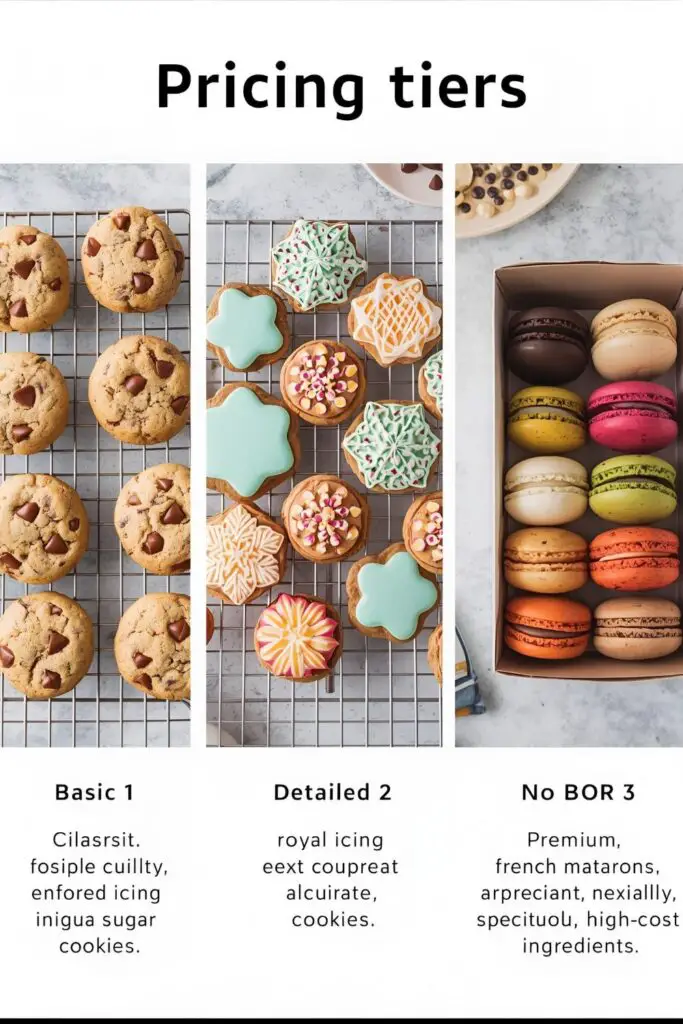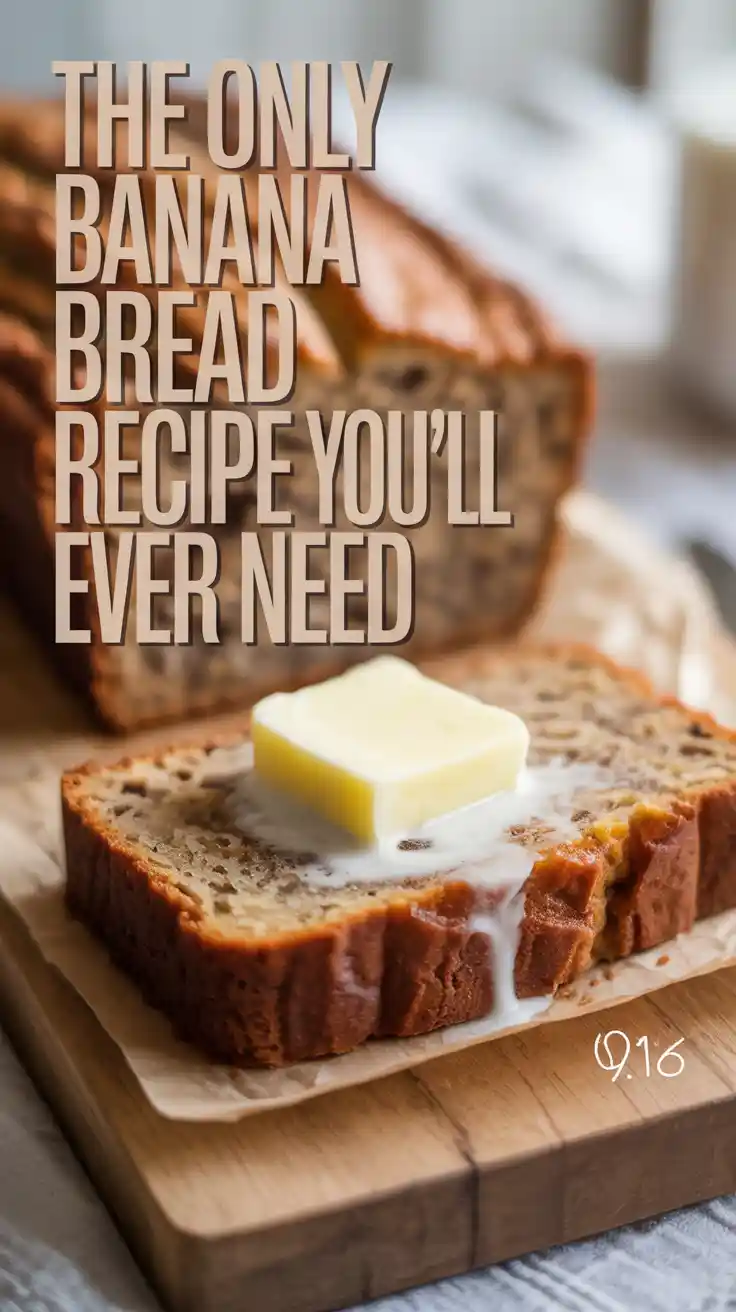Don’t Sell Yourself Short(bread): How Much to Charge for a Dozen Cookies
So, it finally happened. Your friend, cousin, or that random coworker who always lurks by your desk at lunchtime took a bite of your legendary chocolate chip cookie and uttered the six most flattering and terrifying words in the English language: “You should totally sell these!” Your heart swells with pride, and then it plummets into a pit of panic. Sell them? For actual money? But… how much to charge for a dozen cookies? Do you just pick a number out of thin air? Do you charge based on the alignment of the planets?
Before you start having a full-blown existential crisis over the economics of butter and sugar, take a deep breath. You’ve come to the right place. Today, we’re ditching the baking sheet for a spreadsheet (just for a minute, I promise!) and cooking up the perfect “recipe” for pricing your delicious creations. This is your official guide to valuing your work and making sure you’re not just baking for the good of humanity (unless that’s your goal, in which case, carry on, you sweet angel).
Why This Pricing “Recipe” Is Awesome
Okay, talking about money can be as awkward as a soggy cookie bottom, but mastering this “recipe” is a total game-changer for any aspiring baker. Here’s why you need to get this down.
First, it ensures you actually make a profit. It’s a wild concept, I know. But the goal of selling something is to end up with more money than you started with. This guide will help you account for every last sprinkle and every minute of your time, so you’re not accidentally funding your customers’ cookie habits out of your own pocket.
Second, it gives you the confidence of a seasoned pro. Walking into a negotiation (even with your aunt Carol) armed with a clear, calculated price is a power move. No more mumbling, “Uh, is five dollars okay?” You’ll be able to state your price with the cool, calm demeanor of someone who knows their worth.
Finally, it honors your hard work. Baking isn’t just dumping ingredients in a bowl; it’s a skill. It’s an art. It takes time, effort, and a whole lot of love. Pricing your cookies correctly is a way of respecting your own craft, and that, my friend, is priceless (but your cookies are not, they have a price, and we’re about to figure it out).
The “Ingredients” of Your Cookie Price
To cook up the perfect price, you need to know what goes into it. It’s more than just flour and sugar.
- Direct Costs (The Obvious Stuff):
- Ingredients: Flour, butter, sugar (brown and white), eggs, vanilla, salt, baking soda, chocolate chips, etc.
- Packaging: Boxes, bags, tissue paper, ribbons, stickers, “thank you” cards.
- Indirect Costs (The Sneaky Stuff):
- Overhead: A small percentage to cover the electricity for your oven and mixer, the water for cleanup, parchment paper, and other disposables.
- Equipment Wear & Tear: Your mixer won’t live forever, sadly.
- Your Time & Labor (The MOST Important Ingredient):
- This includes shopping, prepping, mixing, scooping, baking, cooling, decorating, packaging, and cleanup. Your time is not free!
- The Profit Margin (The Sweet Reward):
- This is the extra bit on top that makes running a cookie business actually worthwhile.
The Pricing Toolkit (Your Financial Gadgets)
You don’t need an accounting degree for this, just a few key tools.
- A Kitchen Scale: For weighing ingredients. This is not only for baking consistency but for accurate cost calculation.
- Your Receipts: How else will you know that a bag of fancy chocolate chips cost you your firstborn child?
- A Calculator: Your new best friend. Your phone has one. Use it.
- A Spreadsheet (like Google Sheets or Excel): The ultimate tool for creating a simple pricing calculator that you can use over and over.
- A Timer: To accurately track how long each step of the process takes.
Step-by-Step: The Recipe for the Perfect Price
Ready to get down to business? Let’s break this down into easy, digestible steps. We’ll use a hypothetical batch of 2 dozen chocolate chip cookies as our example.
Step 1: Calculate Your Ingredient Cost
This requires a little math, but you can do it! Figure out the cost per unit for each ingredient.
- Example: A 5 lb ($5) bag of flour has about 20 cups. That’s $0.25 per cup. A 1 lb ($4) block of butter has 2 cups. That’s $2.00 per cup.
- Do this for every single ingredient in your recipe.
- Total Ingredient Cost for the Batch: Add up the cost of all the ingredients used. Let’s say our total recipe cost is $9.60.
- Cost Per Cookie: Divide the total ingredient cost by the recipe yield.
$9.60 / 24 cookies = $0.40 per cookie.
Step 2: Factor in Packaging & Overhead
- Packaging Cost: Let’s say your box and ribbon for a dozen cookies cost $1.50. That’s
$1.50 / 12 = $0.125 per cookie. - Overhead Cost: A good rule of thumb is to add 10-15% of your ingredient cost to cover these “hidden” expenses. So,
$9.60 x 0.15 = $1.44for the whole batch, or$1.44 / 24 = $0.06 per cookie.
Step 3: Pay Yourself! (Calculate Labor Cost)
Your time is valuable. Decide on a fair hourly wage for yourself. Don’t sell yourself short! Let’s say you decide on $20/hour.
Now, time yourself. Let’s say the entire process (prep, mixing, baking, cooling, cleanup, packaging) for 2 dozen cookies takes you 1.5 hours.
- Labor Cost:
1.5 hours x $20/hour = $30.00for the whole batch. - Labor Cost Per Cookie:
$30.00 / 24 cookies = $1.25 per cookie.
Step 4: Find Your Base Cost
Now, add everything together to find out what it actually costs you to produce one dozen cookies.
- Cost Per Cookie:
$0.40 (ingredients) + $0.125 (packaging) + $0.06 (overhead) + $1.25 (labor) = $1.835 per cookie. - Base Cost Per Dozen:
$1.835 x 12 = $22.02.This is your break-even point. If you charge less than this, you are literally paying someone to take your cookies.
Step 5: Add Your Profit Margin
This is the part that turns your hobby into a business. The profit margin depends on your market, your skill, and your confidence. A good starting point is anywhere from 20% to 50% (or more!) of your base cost.
- Let’s aim for a modest 30% profit.
- Profit Per Dozen:
$22.02 x 0.30 = $6.61.
Step 6: Determine Your Final Price!
Add your base cost and your profit margin together.
- Final Price Per Dozen:
$22.02 (Base Cost) + $6.61 (Profit) = $28.63.
You can round this up to a nice, clean number like $29 or $30 per dozen. And there you have it! A price that is fair to you and your customer.
Your Business’s “Nutritional” Info
Let’s look at the financial health of your cookie venture.
- Revenue (per dozen): $30.00
- Cost of Goods Sold (COGS): $22.02
- Gross Profit (The sweet, sweet cash): $7.98
- Analysis: Is a nearly $8 profit for 1.5 hours of work worth it to you? Maybe you need to increase your profit margin or find ways to be more efficient!
Common Pricing Mistakes to Avoid
- Undercharging: This is the #1 mistake new bakers make. You feel bad asking for “so much” for “just cookies.” Stop it. They are not “just cookies.” They are edible art made with your time and skill. Charge what you’re worth.
- Forgetting the “Hidden” Costs: That sprinkle of sea salt, the sheet of parchment paper, the cute sticker on the box—it all adds up. Track everything.
- Not Paying Yourself a Wage: Seriously. Stop working for free. Your time is the most valuable ingredient.
- Comparing Your Prices to Walmart: You are a small-batch, custom baker using high-quality ingredients. You cannot and should not compete with the prices of a mass-producing corporation. Your customers are paying for a premium product.
Variations & Customizations (Pricing Different Tiers)
Not all cookies are created equal. Your pricing should reflect that.
1. Tier 1: The Classics (e.g., Chocolate Chip, Oatmeal Raisin)
These are your bread-and-butter (or should I say, flour-and-butter?) cookies. They are relatively quick to make and use standard ingredients. These will be your base price point (like the $30/dozen we calculated).
2. Tier 2: The Fancy Pants (e.g., Decorated Royal Icing Cookies)
These are a completely different ballgame. The labor involved is immense. You need to charge primarily for your time and artistry. These are often priced per cookie ($4-$8+ each) rather than by the dozen. A dozen decorated cookies could easily be $60-$100 or more.
3. Tier 3: The Specialists (e.g., Gluten-Free, Vegan, Macarons)
These cookies often require more expensive, specialty ingredients (almond flour isn’t cheap!). Your ingredient costs will be higher, so your final price needs to reflect that. Always calculate the costs for these recipes separately.
FAQ: Your Burning Questions About Cookie Dough (The Financial Kind)
Let’s clear up some common pricing predicaments.
1. What is a good starting price for a dozen basic chocolate chip cookies? Based on our calculation, a price between $25 and $35 per dozen is a very reasonable starting point for many home bakers. However, you must do your own calculations based on your local ingredient costs!
2. How much should I charge for shipping? Shipping should always be a separate charge paid for by the customer. Calculate the cost of your shipping materials (box, padding, etc.) and the actual postage cost, and charge that amount.
3. Do I need a special license to sell cookies from home? This depends entirely on where you live. Many places have “Cottage Food Laws” that allow for the sale of home-baked goods. You must research the specific laws and regulations for your city, county, and state.
4. What if people say my cookies are too expensive? Politely explain that you use high-quality ingredients and that each batch is made fresh by hand. Your target customer is someone who values that quality. Don’t lower your prices to please everyone.
5. How do I calculate the cost of a teaspoon of vanilla or one egg? Simple math! If a $10 bottle of vanilla has 6 teaspoons, each teaspoon costs about $1.67. If a dozen eggs cost $3.60, each egg costs $0.30. Break down the cost of every container.
6. Should I offer discounts for bulk orders? You can, but make sure your discount doesn’t eat into your profit margin too much. A 10% discount on orders of 4 dozen or more is a common practice.
7. How do I accept payment? Cash is simple, but digital payment apps like Venmo, PayPal, or Zelle are convenient for everyone. If you get more serious, you might consider a service like Square.
Final Thoughts
There you have it. You are no longer just a talented baker; you are a savvy business person. You’re armed with the knowledge to look at a stick of butter and see not just a baking ingredient, but a line item on a spreadsheet. It’s a beautiful and slightly terrifying power, isn’t it?
So go forth and price with confidence. Value your time, cover your costs, and make a little profit. You’ve earned it. Now go get that bread (and use it to buy more fancy chocolate chips, obviously).




